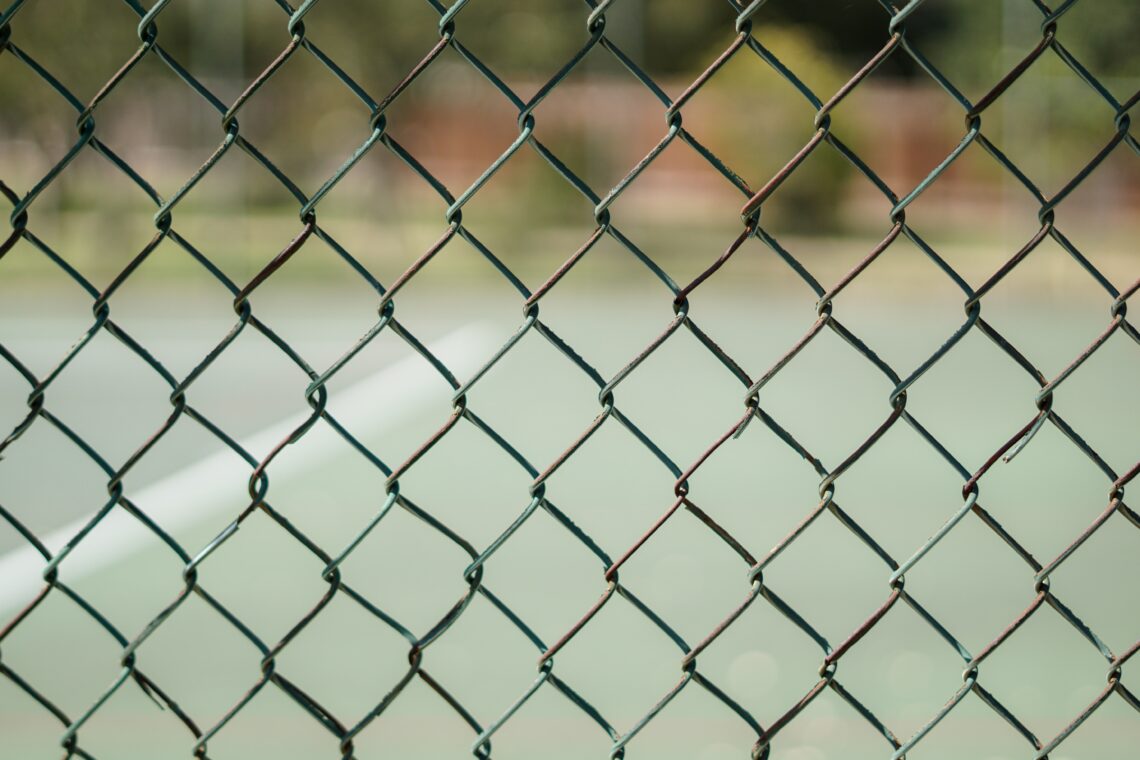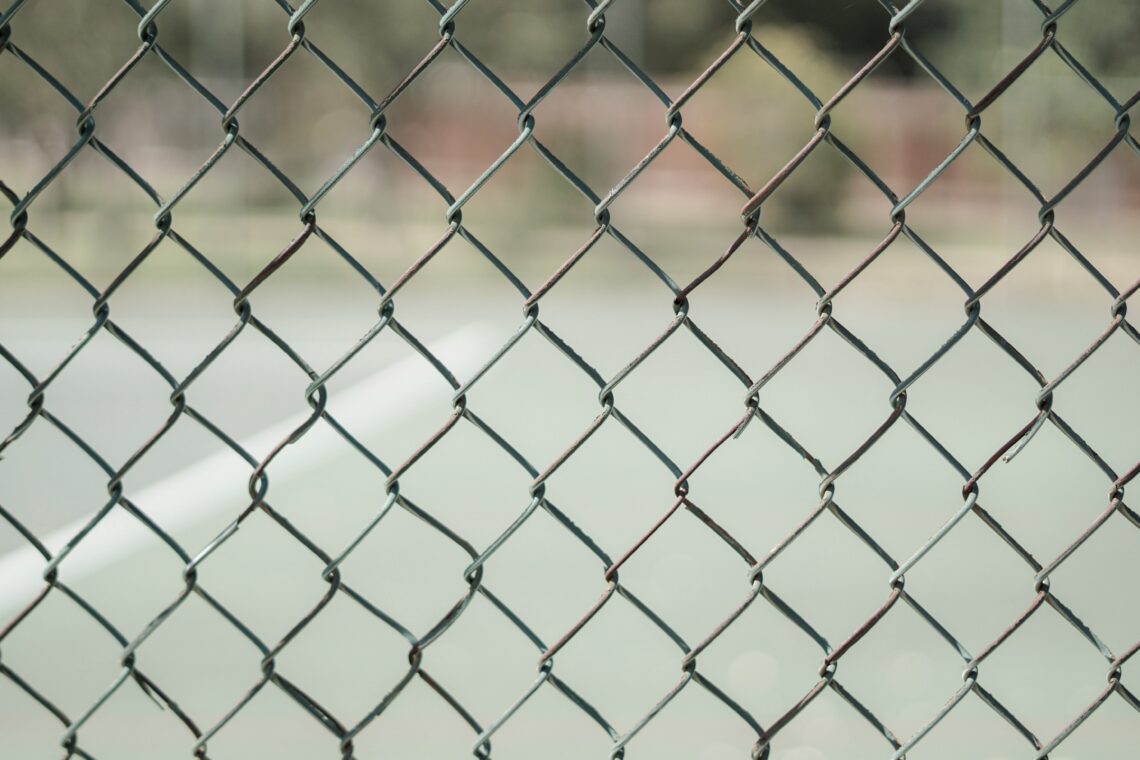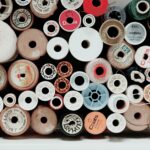In a recent Ed Tech class Chantelle Morvay-Adams joined to share her resources and experiences as a volunteer with BC Ed Access and as a parent of learners with disabilities/complex learners (read up @BC Ed Access for resources). Historically, the education system has not been the most inclusive system. Thankfully, now students of all abilities are welcomed into classrooms. Some of these students, however, do not receive the support that they need and deserve. Often families and communities have to fight for resources essential for their learner’s participation and learning. Often teachers have to fight for their students. I still have so much to learn to best support all learners, but I my intentions begin with some basic core values:
I value communication.
I value collaboration.
I value consent.
With my students.
With their families.
With the community.
One of the ways I can bring my best self for collaborating and communicating with respect and consent is to continue learning how to be the best teacher to all students. One exercise we were taught as a cohort to check yourself is to go though the senses and ask what if a student is nonverbal, hearing impaired, visually impaired, etc. and ensure your lessons are not excluding anyone.
This is the first place I decided to start. A member of my cohort shared a great resource that I wanted to include incase you see this blog post but not theirs (if you haven’t though, check out https://erinvs.opened.ca/2021/03/14/assistive-tech/ for another mother’s take on inclusive/equitable education)
@Individual Education Planning for Students with Special Needs: A Resource Guide for Teachers
I look forward to continue reading through this resource and furthering my understanding of this area.
Finally, remember to listen to your body and stay hydrated!









